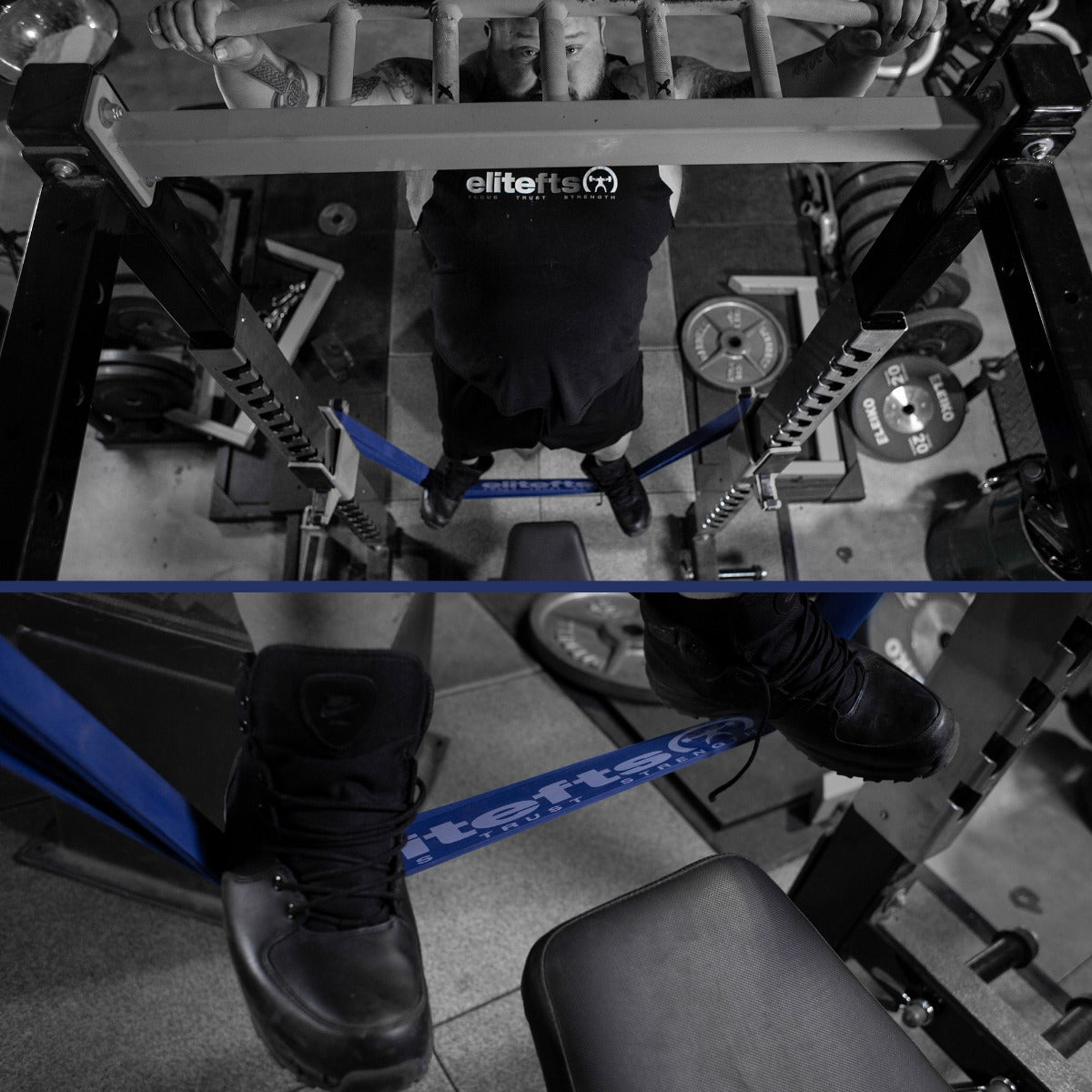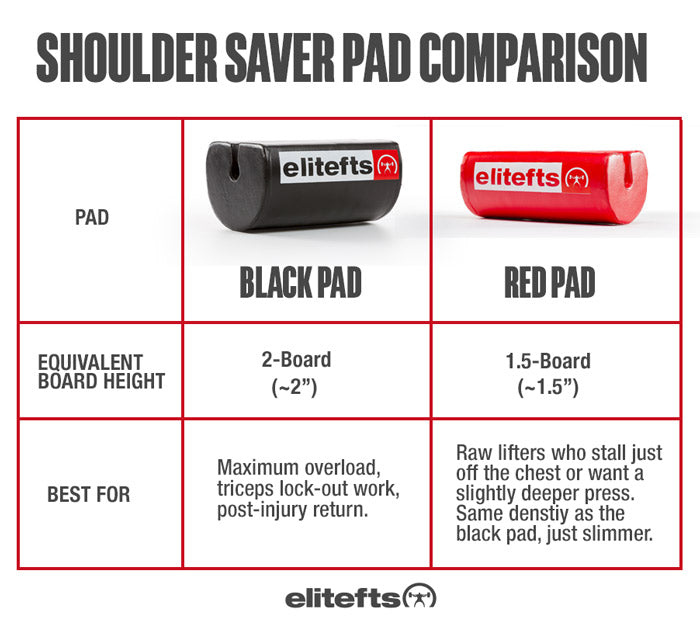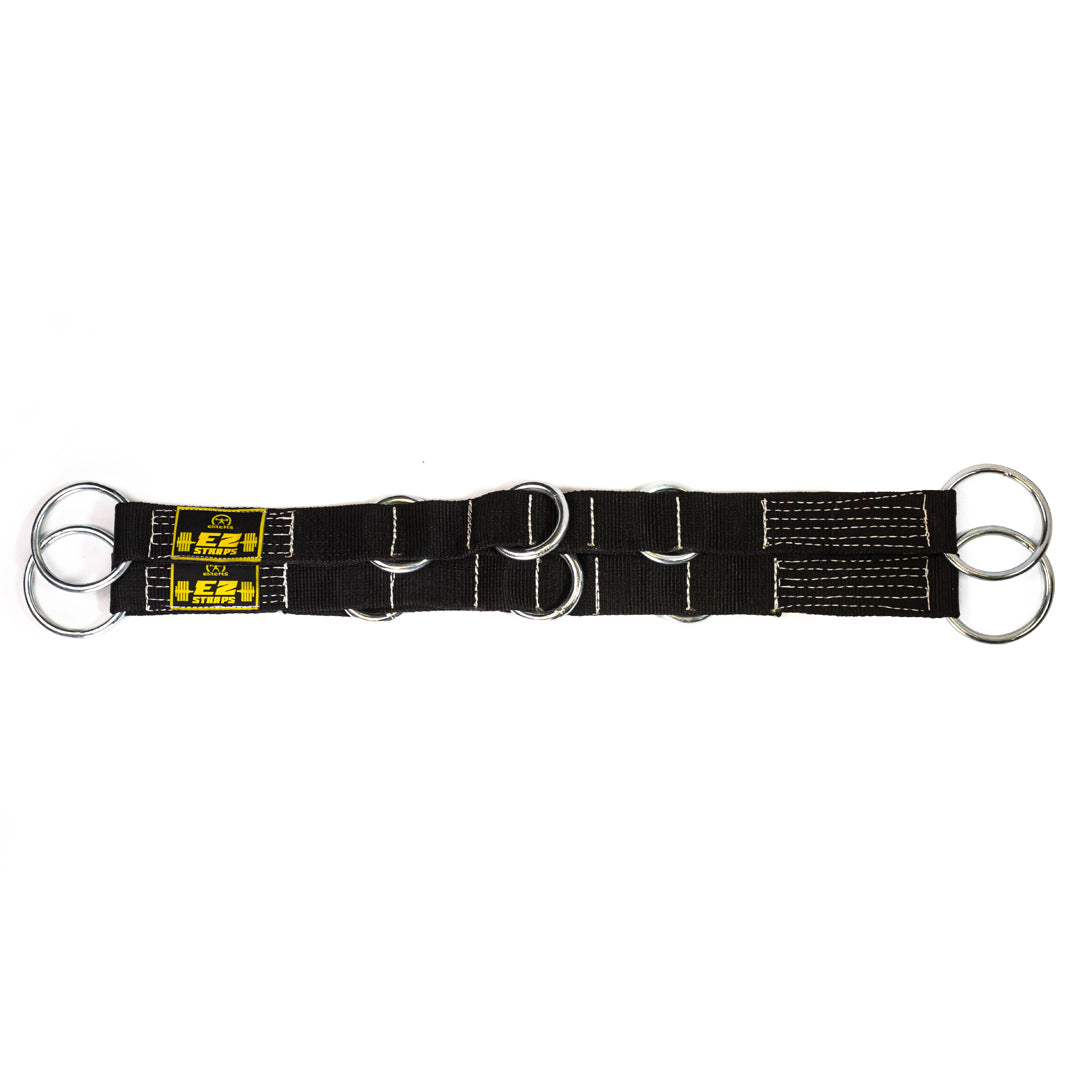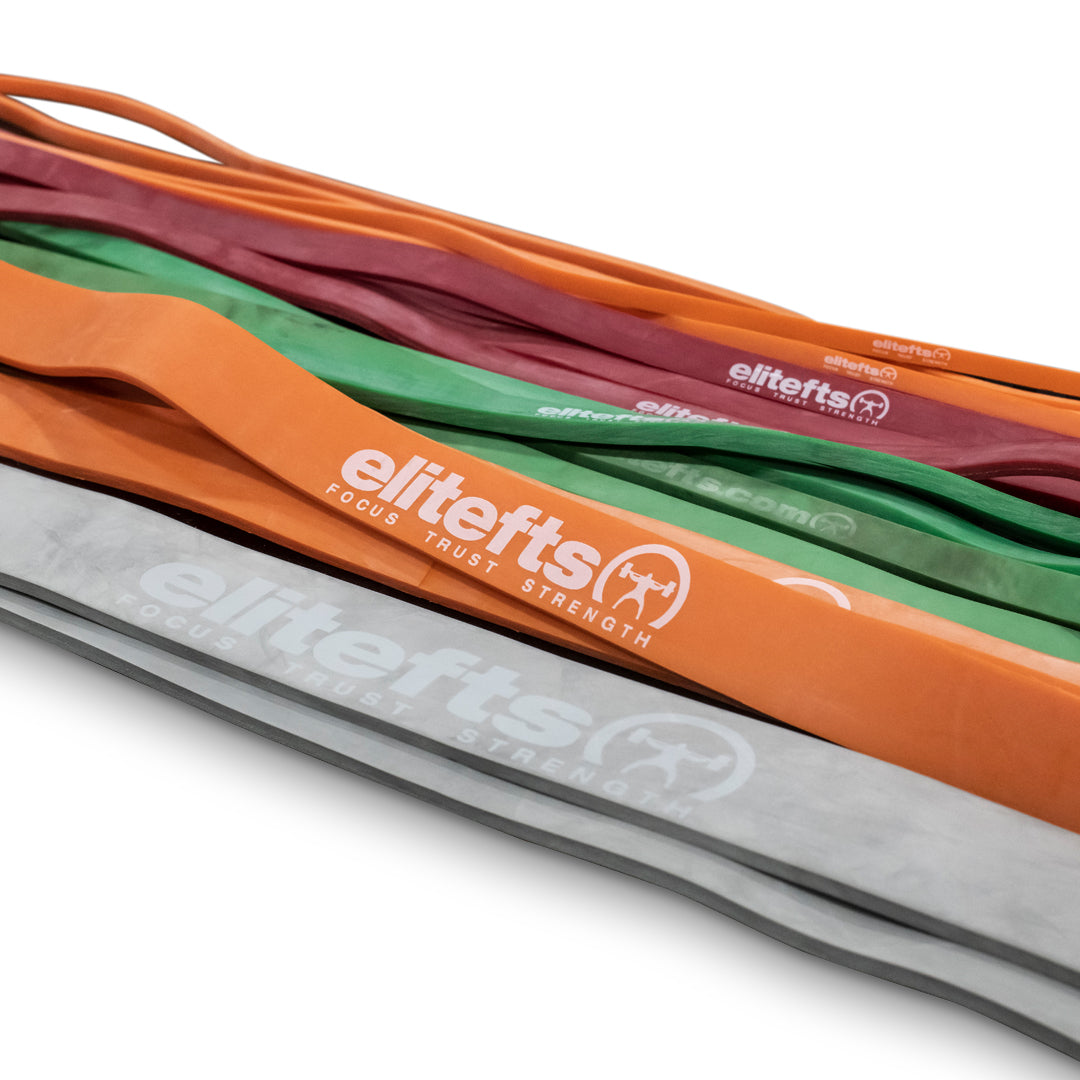In the previous articles, I listed the topics about online coaching that I was going to explore in this short and pessimistic series (
part 1), then proceeded to discuss how to circumvent the lack of real-time input (
part 2 ) and now I’m going to explore the issue of not knowing an athlete or client who you may never meet face-to-face. Believe it or not, this can be an upside (as long as you are a real, competent coach). Not knowing much about the person and having an assessment routine that works may be better than the verbal assessment usually done when an athlete starts working with a coach. This is what I do: before I even send the “test routine spreadsheet”, I have the applicant answer this questionnaire: I also request them to send me videos from three angles (front, diagonal and side) of all the relevant lifts and movements, with very light weights. After I receive both, I analyze the content and write a report – both about what I understood concerning the person’s goals and approach and about their execution of movements. This part is interesting. Some people don’t have a precise objective and accept tentative programs until one is optimal. Others come to us with a very specific goal: a certain competitive accomplishment, strengthening as much as possible before delivery, controlling stress, etc. The challenge of putting yourself in that other gym environment, sometimes on the other side of the planet, is useful. That’s also when you learn new skills, or how to improvise training situations in hotels for traveling businessmen and predict what type of challenge you will face with that person over the years (if all goes well). Sometimes you get to know an online athlete/client better than you know an on-ground one, especially if they have good writing communication skills. I learned over the years that the overly narcissistic or exhibitionist person who uses social media on a daily basis on their training is frequently uncoachable. Some do achieve significant competitive goals at one time and then feed on the aesthetic exhibition and feedback they get from viewers. Be careful: they go off-script and they try to drag you into a perverse dynamic in which you find yourself checking what sort of bullshit they are pulling today. They make you one of their followers. Better check if they fit into this class because they are not worth what they pay you. For evidence-based articles, click on the “articles” link at my
author’s page:


Online coaching, programming and analyzing movement, part 3 – you don’t know the person (can be an upside)

EliteFTS Table Talk— Where strength meets truth. Hosted byDave Tate, Table Talk cuts through the noise to bring raw, unfiltered conversations about training, coaching, business, and life under the bar. No fluff. No hype. Just decades of experience — shared to make you stronger in and out of the gym.

Join the Crew!
Support us and access premium content monthly!





































































































